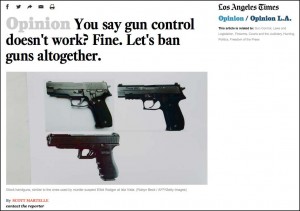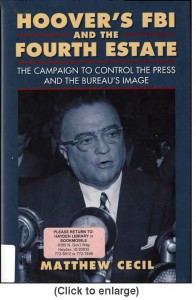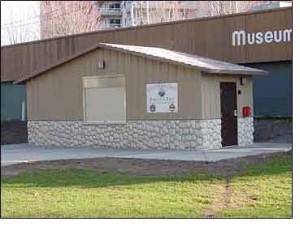 Should Idaho’s capital city Boise change its name to Clowntown? If so, Idaho’s Governor Clement L. Otter may have earned the opportunity to be its first mayor under the new name.
Should Idaho’s capital city Boise change its name to Clowntown? If so, Idaho’s Governor Clement L. Otter may have earned the opportunity to be its first mayor under the new name.
According to the Idaho Statesman, Otter insisted that candidates Walt Bayes and Harley Brown be allowed to participate in the Republican gubernatorial primary election candidates debate with him and his principal challenger, state Senator Russ Fulcher.
By many accounts, the result was a debacle rather than a debate.
The debate (or whatever it was) was presented by the Idaho Press Club, the League of Women Voters, and Idaho Public Television. The presenters had established a debate format and rules which the participants presumably agreed to follow. Though it might not have been obvious from the participation in the debate, the presenters had also established criteria for choosing the candidates who would be invited to participate. But as the Idaho Statesman implied in its article linked above and as candidate Fulcher alleged specifically in a statement posted on his campaign website after the debate, the presenters may have disregarded the eligibility criteria when they allowed one or both of candidates Bayes and Brown to participate.
OpenCdA has sent inquiries to both the Fulcher campaign and to Idaho Public Television (IPT).
Of IPT, we asked:
In a statement on his campaign website, gubernatorial candidate Sen. Russ Fulcher stated, “Although they did not meet the debate’s qualifying criteria, governor Otter demanded inclusion of two perennial candidates, Walt Bayes and Harley Brown, as a contingency of his participation in the only debate he would agree to.”
1. Did candidate Bayes and candidate Brown meet each of the “Criteria for choosing candidates in the Idaho Debates” as those were stated at http://idahoptv.org/elections/2014/rules.cfm?
2. If either or both candidates Bayes and Brown did not meet each of the “Criteria …,” then why was the noncompliant candidate(s) allowed to participate in the gubernatorial debate? Was Governor Otter’s participation in the debate contingent on an invitation to participate being extended to either or both candidates Bayes and Brown?
3. If the decision was made to invite and allow participation by either candidates Bayes and Brown and if that decision was made contrary to the “Criteria…,” please identify by name and organizational affiliation the person(s) consulted in the decision and the person(s) who made the decision.
Of Sen. Fulcher’s campaign, we asked:
Idaho Public Television’s website listed the “Criteria for choosing candidates in the Idaho Debates.” Which of these criteria did each of the two candidates Bayes and Brown not meet? Since the debate was presented by the Idaho Press Club, the League of Women Voters, and Idaho Public Television, who at each of these organizations agreed to waive those requirements?
Their responses, if any, will be an addendum to this post.
 The agenda for the June 3, 2014, Coeur d’Alene City Council meeting notes the Council will be asked to approve “…the funding and authorization of staff to negotiate a lease agreement with Eastlake, LLC. and expenses for an East Sherman Police Sub-station.” The staff report (at online Council packet pages 40/61-42/61) presented to the City’s General Services Committee lists the address as 1424 E. Sherman Avenue in the body of the report.
The agenda for the June 3, 2014, Coeur d’Alene City Council meeting notes the Council will be asked to approve “…the funding and authorization of staff to negotiate a lease agreement with Eastlake, LLC. and expenses for an East Sherman Police Sub-station.” The staff report (at online Council packet pages 40/61-42/61) presented to the City’s General Services Committee lists the address as 1424 E. Sherman Avenue in the body of the report.









